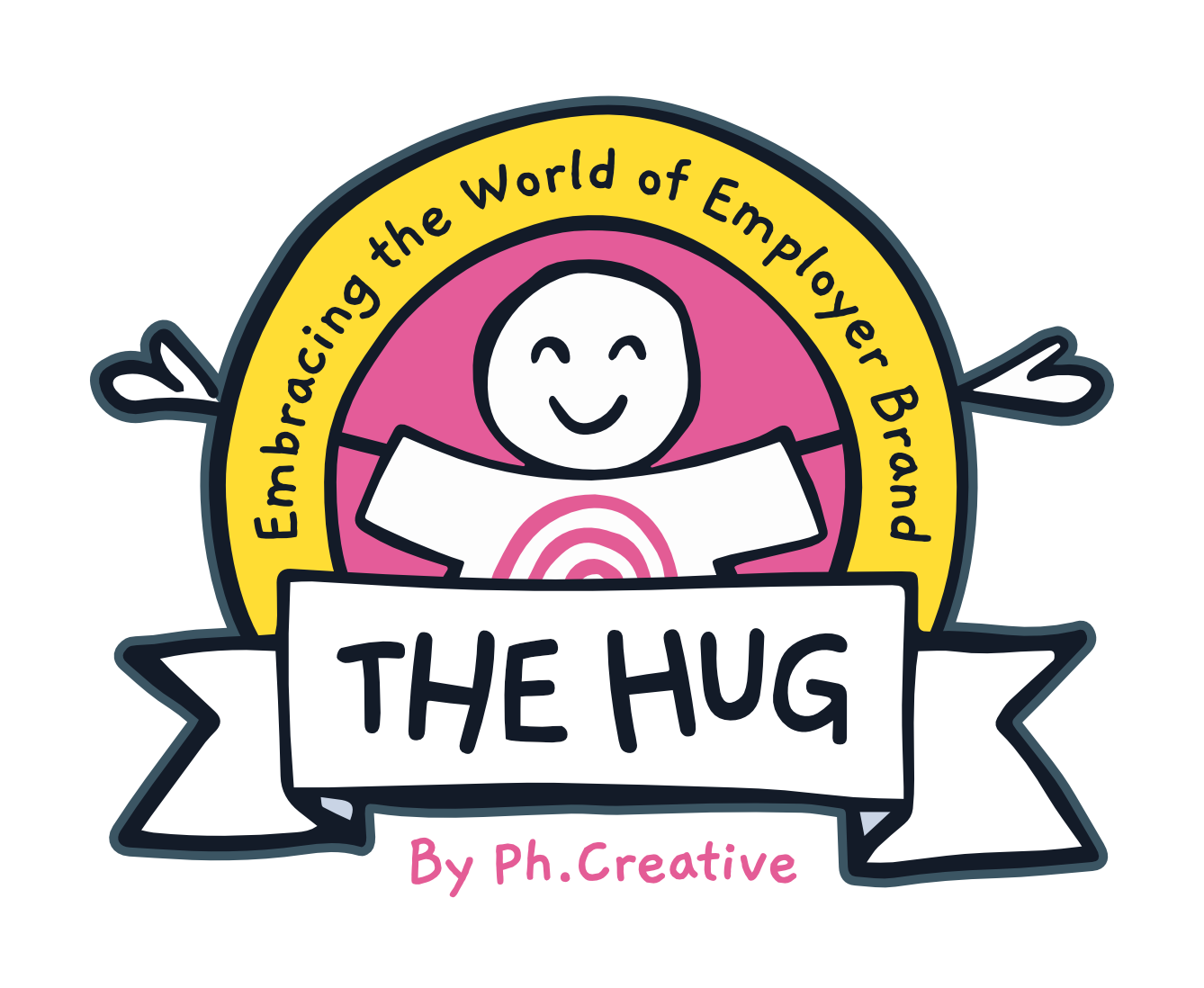Are You Sure About Those Online Stats?
Is it safe to use online employer brand stats straight into your presentation?
With continuous pressure to justify and prove the value of employer brand, even as the world of work is changing, making it harder to find and remind talent why your organization is the place to be, is cutting and pasting ‘EB stats’ from the internet enough to convince your leaders?
We looked at some of the most prolific EB stats, from some of the most credible sources and added some much-needed context and the occasional note of caution in terms of what else should be considered, how to wield the stats and what follow up questions you might also want to be prepared for when you present them to your peers.
9 out of 10 candidates would apply for a job when it’s from an employer brand that’s actively maintained. (Workable)
This is dangerous because it makes employer brand sound like a silver bullet. The key here is that the audience is targeted, the EVP is actively being managed and the employer brand resembles something that a candidate can imagine themselves enjoying and thriving within. Don’t forget the effort it takes actively manage an employer brand. This stat is possibly more revealing in reverse, in that only 1 in every 10 candidates would consider applying for a job when there’s no active management of an employer brand at all.
Employee turnover can be reduced by 28% by investing in employer brand. (Office Vibe)
The key word is ‘can’. There are several factors as to why people leave a company and especially in recent years/months this stat is possibly now a major over-simplification. If you’re listening to your people and changing with the times, how you communicate this effectively via your employer brand could make a difference of around 28%. But if you’re communicating out of date messages and reinforcing that you’re less relevant than you once were, it could have the opposite effect.
96% of companies believe employer brand and reputation can positively or negatively impact revenue. Yet less than half (44%) monitor that impact. (CareerArc)
This will ring true with us all. The underlying problem remains that organisations fail to ascertain how to effectively measure the aspects of their talent experience that are a) within control or influence and b) of any value to the current and long-term priorities of the business.
Negative reputation costs companies at least 10% more per hire. (Harvard Business Review)
This may even be significantly higher now that we have seen so many mainstream stories in general press about companies mistreating their people. Using employer brand to influence and/or reduce the impact of negative press could mean the difference between failing or serving as a business is many respects these days.
While 66% of candidates are interested in your company culture, 54% and 50% are interested in perks available and mission, respectively. (LinkedIn)
This stat can be misleading for a couple of reasons - a) this is a moving target in such turbulent times. We have done research across many companies that show stability is becoming a top priority and b) singling out different aspects of a proposition can be dangerous because it’s the blend of strengths, benefits and opportunities that make up a compelling offer. The challenge is knowing how to position a lead message, but rest assured that all aspects are important and even the smallest one could be the one stopping people from choosing you over competitors.
79% of job applicants use social media in their job search. (Glassdoor)
While this is irrefutable for obvious reasons, don’t forget it is less about the channel and more about the content. You will reach more people using social media, but whether you turn attention into some sort of affinity is a completely different matter.
Employee voice is three times more credible than a CEO’s when it comes to talking about working conditions in a company. (Edelman Trust Barometer)
This has been proven to be true many times over. The leverage of this fact, however, lies in the encouragement of your people to validate the vision, mission and values that the CEO talks about. If you can demonstrate a congruence between employee voice and CEO voice, the value is significantly higher than what’s possible with either, individually.
Participants shown positive reviews required an average pay increase of between 35%-40% for a job similar to the one they are doing now. But participants shown neutral reviews of a company required a higher average pay increase - 45%-50% more - while those who saw negative employee reviews required an even higher pay increase - 55%-60% more. (Melián-González & Bulchand-Gidumal)
Again, this is an over-simplification. If people see only positive reviews, there’s a danger that authenticity will be questioned and not believed. If companies set out to rid the World of their negative reviews, that is a huge, missed opportunity. Lean in, learn more and add context around the negative review where possible. Win the truth and earn the respect of a smart audience. If you went to the lengths of soliciting some additional employee commentary, you could easily find a way to provide even more balance and direct context, which would be a significant display of openness, balance and trustworthiness that would otherwise have been lost.
In most companies, employer brand is managed by 1-5 people (52%) and in nine per cent of companies this role is not assigned to anyone. (LinkedIn)
Hopefully, this is changing by the day. We’re seeing many organisations strengthen their employer brand team all the time and better yet, they’re also creating cross-functional steering groups to guide the work and create more integration and cohesion
Diversity and inclusion are the main priority for 54% to 59% of large companies, 66% to 74% for very large companies, and 98% for the most attractive employers. (Universum Global Report, 2021)
This has been seen to be true. Caution should be applied, however, by any organisation that thinks ‘D&I’ can be solved with employer brand alone. More and more we’re doing extra diversity auditing, research and creating different communications campaigns based on specific aspects of a client partner’s diversity initiatives. Inclusion should be at the heart of employer brand and EVP, so that these diversity goals can be achieved.
Sign up to our blog

Every other Thursday we share:
✔ One feature full of our freshest insights
✔ An expert hack you'll love to use
✔ The links you need now
+ other helpful bits for thousands of EB and TA pros just like you


